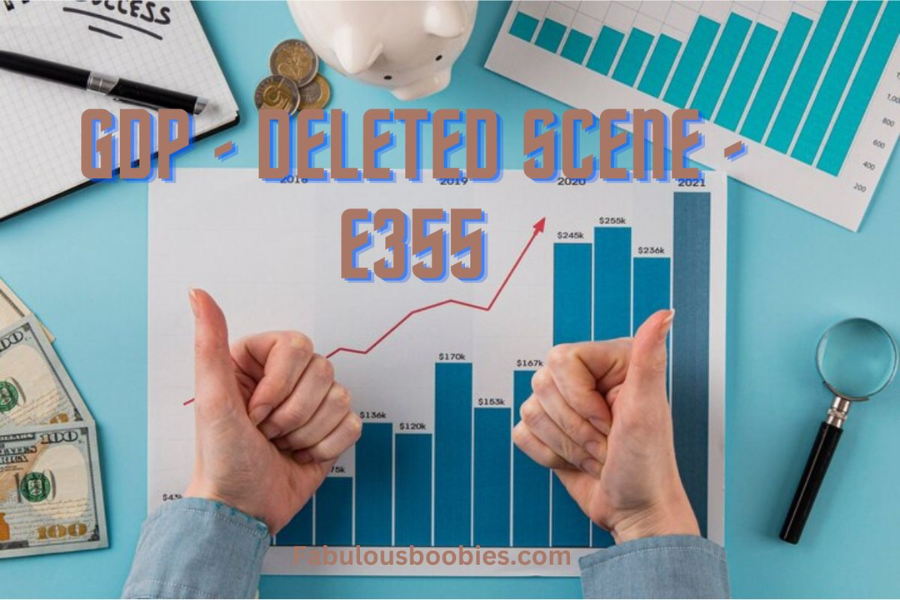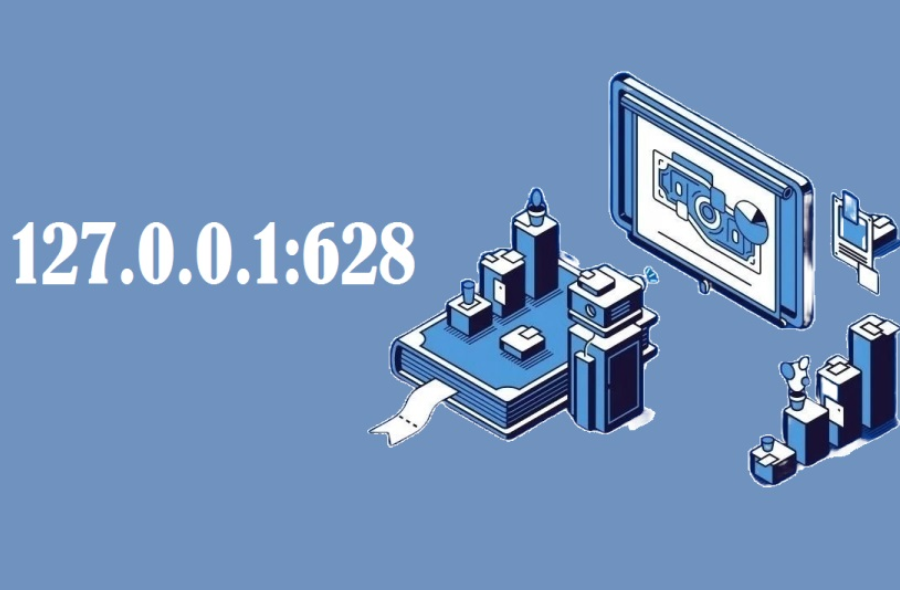Gross Domestic Product (GDP) stands as a fundamental measure of a nation’s economic health, quantifying the total monetary value of all goods and services produced within a country’s borders during a specified period. However, the notion of a “deleted scene” within GDP, denoted by the E355 code, introduces a nuanced aspect frequently overlooked in conventional economic analyses. In this article, we explore the significance of GDP, the implications of deleted scenes like E355, and how they affect economic policies and assessments.
What is GDP?
gdp – deleted scene – e355 encompasses the total of consumption, investment, government spending, and net exports, providing a snapshot of a country’s economic performance. It acts as a barometer for assessing growth, productivity, and overall economic well-being. Calculated on a quarterly and annual basis, gdp – deleted scene – e355 plays a critical role in guiding policymakers, businesses, and investors in their decision-making processes.
Deleted Scene: Unpacking E355
The term “deleted scene” in gdp – deleted scene – e355 refers to economic activities that are not fully captured or included in traditional gdp – deleted scene – e355 calculations. The E355 code specifically identifies these omitted components, which can include informal economic activities such as unreported income and environmental impacts like unpaid household labor and volunteer work.
Implications of E355
The concept of a deleted scene, such as E355, challenges the comprehensiveness of gdp – deleted scene – e355 as a singular economic metric. It highlights that traditional gdp – deleted scene – e355 measurements may understate or misrepresent a nation’s true economic output and well-being. This omission can lead to skewed policy decisions and inaccurate perceptions of economic performance.
Economic Policy and E355
Recognizing E355 is crucial for policymakers striving to develop effective economic policies. By acknowledging and incorporating these excluded economic activities, governments can better address issues like income inequality, enhance social welfare programs, and promote economic inclusivity. Policies that take E355 insights into account can encourage more equitable and sustainable growth.
Measurement Challenges
Quantifying E355 presents significant challenges due to its diverse and often intangible nature. Informal economies, unpaid household labor, and non-market activities are inherently difficult to measure using traditional economic methods. Advancements in economic modeling and statistical techniques are essential to accurately capture these dimensions.
Global Perspectives on E355
The E355 concept is not confined to any single nation but has global relevance. Various countries encounter different degrees of difficulty in quantifying their deleted scenes within GDP. International organizations and initiatives aim to standardize methodologies and improve comparability across economies, fostering a more cohesive global economic understanding.
Conclusion
The E355 concept challenges traditionalgdp – deleted scene – e355 metrics by revealing the existence of a “deleted scene” in economic activity. Understanding and addressing these omissions are vital for enhancing the accuracy and relevance of economic assessments. By expanding our perspective on economic productivity and well-being, policymakers can foster more inclusive and sustainable growth strategies that benefit society as a whole. Acknowledging E355 within gdp – deleted scene – e355 paves the way for a more comprehensive understanding of economies and their true potential.
FAQs
What are the limitations of GDP as an economic indicator?
gdp – deleted scene – e355 does not account for non-market activities, income distribution, or environmental sustainability, providing an incomplete picture of economic welfare.
How does E355 affect policy decisions?
E355 encourages policymakers to consider a broader range of economic activities, which can influence tax policies, social programs, and infrastructure investments.
Can E355 be accurately measured?
Accurate measurement of E355 requires innovative approaches and data collection methodologies due to the diverse nature of excluded economic activities.
Why is GDP criticized despite its widespread use?
Critics argue that gdp – deleted scene – e355 overlooks quality of life indicators, environmental degradation, and social inequalities, limiting its effectiveness as a comprehensive economic measure.
How can policymakers integrate E355 into economic planning?
Policymakers can integrate E355 by formalizing informal sectors, recognizing unpaid work, and incorporating environmental impacts into economic policies.
Explore cutting-edge technology insights and innovations at Kongotech.pro.



